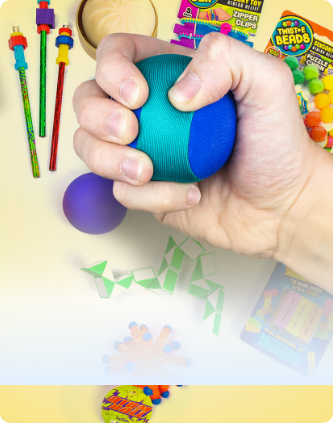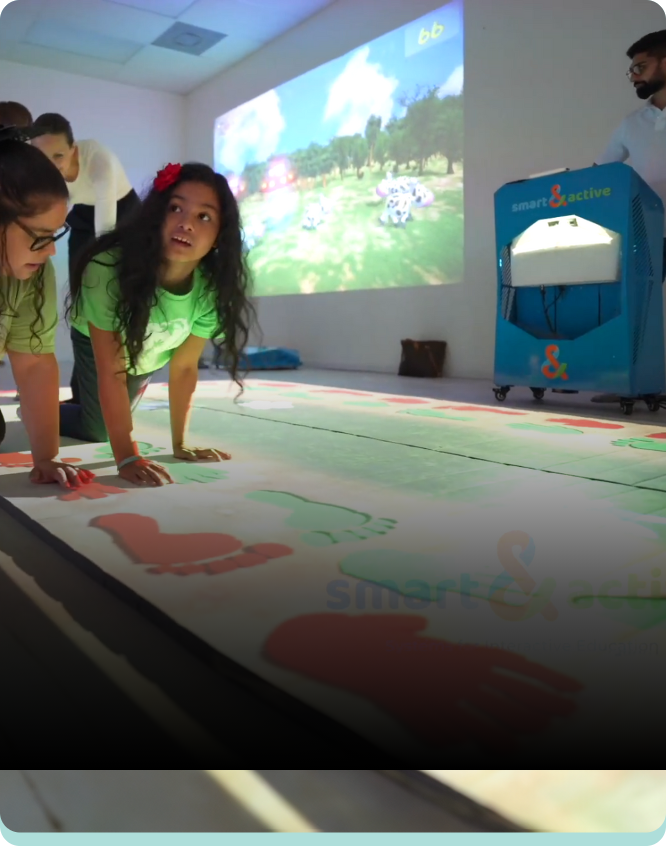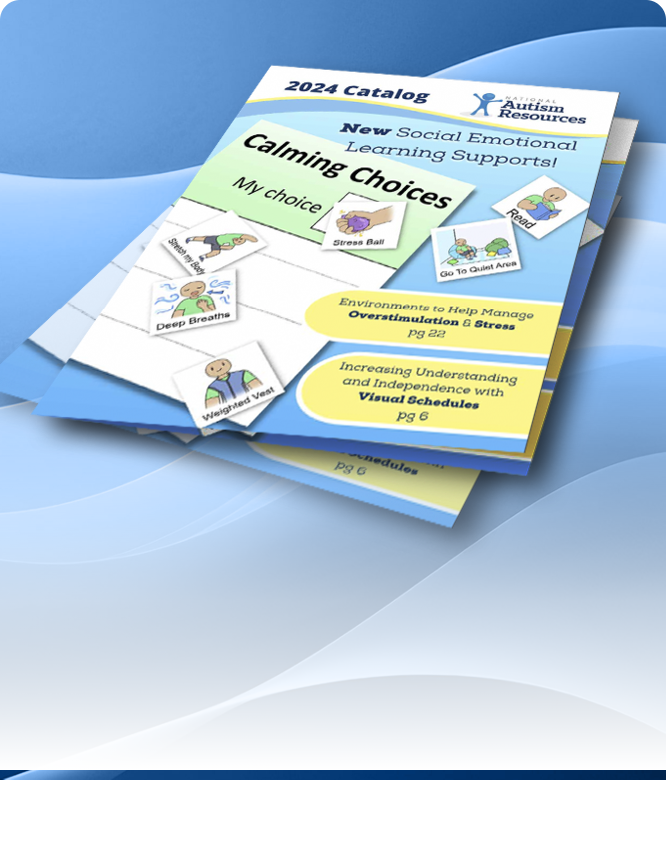5 Strategies to Help Students with Transitions
Posted by Bonnie Arnwine on Apr 15th 2022
Teachers often share with us that transitioning from one activity to another during the school day can be challenging for students on the spectrum. As a parent I can tell you this is also true at home. Some days transitions are easy and other days they can be difficult.
I am amazed at how much we have learned in the last 10 years to support students with sensory challenges and autism. Here are five techniques that our advisory board has used in schools and homes to support students during transitions. We hope these will help reduce anxiety and give a sense of predictability to transitions for your students.

1. Create a Schedule
Create a schedule that your student can refer to. This can be a simple written list of activities, a sequence of pictures, or both.
Ideally the schedule should be easily accessible. You can post it at the front of the classroom, on a wall near a student's desk, on the desk, or in a folder. At home you can set your schedule up in a consistent place - on your child's door or the refrigerator.
Schedules can prepare a student for a transition by allowing them to anticipate upcoming activities and understand the sequence of events that will occur.
By using schedules you increase understanding and limit miscommunication. This can decrease transition time and lower anxiety and meltdowns.
Visual Schedules and Supports >>
2. Show Activities as Finished

Marking activities as finished naturally prepares the student for the next activity. If using a picture schedule have a finished pocket for the student to place the picture of the completed activity in.
You can laminate a schedule with a box next to each picture that students can check off as complete. Or for highly visual students use a To Do Done Chart.
Or simply use a piece of paper and write out the schedule and allow the student to cross each item off as it is completed.
The act of marking tasks as complete can become a familiar and comforting routine that can help students with transitions even when a schedule changes.
3. Use a Timer
Time is an abstract concept that can be difficult for autistic students to understand. Using a timer gives students a visual of how much time is left before a transition. It can also help to keep some kids on task for projects they don’t like, because they can see it has an end. Some timers, like the Time Timer give an additional visual of the countdown of time.
4. Make sure there is ample time for transitions.
Rushing to stay on schedule is stressful for anyone. Especially with new routines at school allow adequate time for autistic students to process the transition and move on to the next activity.
5. Give the student a transition item.
Sometimes carrying a familiar item during a transition can add a sense of continuity and comfort. Some students keep an object with them throughout the day. For others it’s helpful if they get the item after they have completed a project. Allowing the student to get the transition item may help prepare them to move on to the next activity.
Fidgets, Lap-pads, Stuffed animals
Bonnie Arnwine is an award winning author, and Managing Partner of National Autism Resources.







